Towering giants dot the landscape around Palmer Station; they are beautiful to look at but rather saddening to think about why so many icebergs are out in the boating area.
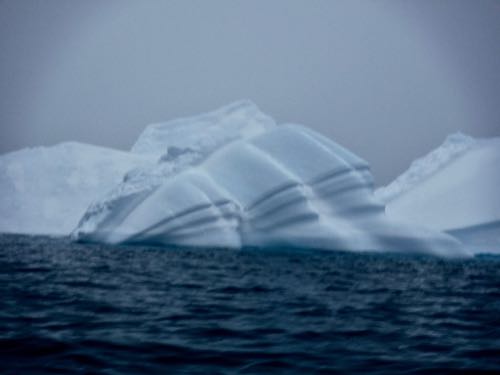
Looking at what is sticking up out of the water, it is amazing to think that around 90% of an iceberg is still under water. This is because that density of seawater, which is what the iceberg is floating in, and the density of water, which is what the iceberg is made out of are very close. Seawater is a bit denser, so the buoyancy of the iceberg makes it float very low in the water.
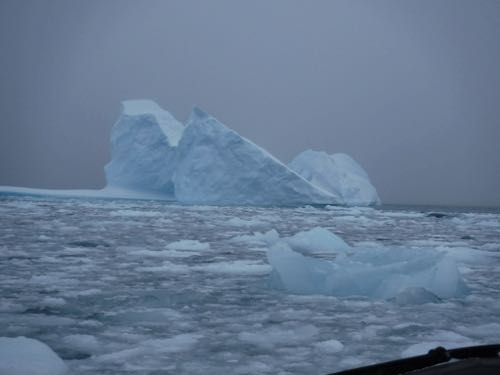
Remember this is what probably sank the titanic, hitting the part of the iceberg that was sitting below the waterline. To keep us from the same fate of the Titanic passengers, boaters around Palmer Station have to keep a distance of no closer than three times the height of the glacier.
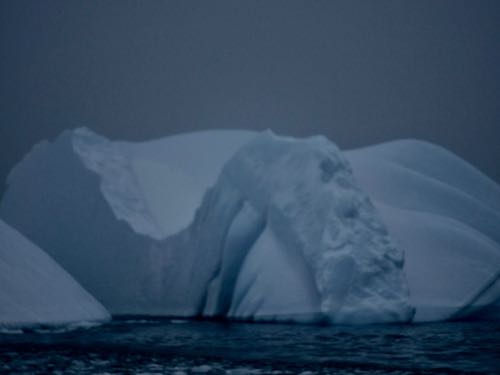
These icebergs come from the retreating glacier that sits directly behind Palmer Station and all over Anvers Island and the rest of the West Antarctica Peninsula. Although calving (the breaking off of icebergs from glaciers) has always happened, climate change and warming atmospheric conditions are responsible for many more icebergs ending up in the ocean than there used to be.
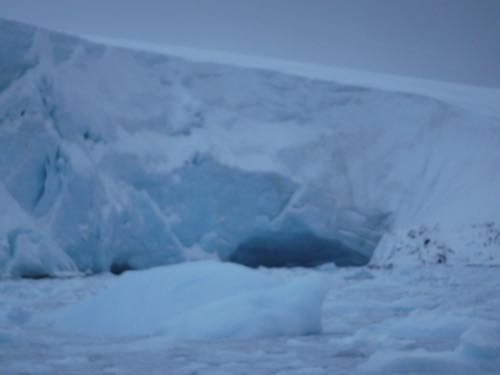
Here at Palmer Station we are reminded of climate change every day, not only by the icebergs in the boating area, but also by the ever-receding glacier behind us. The part of the glacier behind the station has retreated by about one kilometer since 1960 and there are parts of the glacier that have retreated even further. This is a huge problem not only here, but everywhere around the world.
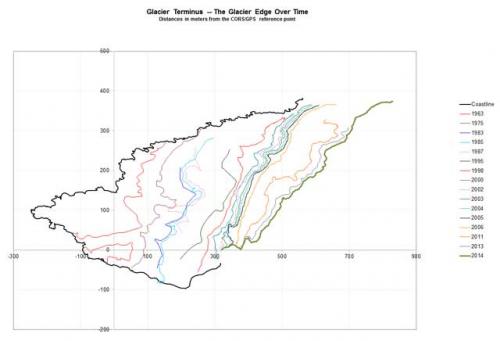
The glacier is not only retreating from the front, but is also shrinking in size from the top as ice melts and runs off the glacier. Sea level rise is directly linked to this melting and calving, because this water’s density is not incorporated into the volume of water already in the ocean. If all of the Western Antarctic Ice Sheet were to melt, sea levels around the world would rise around 11 feet, causing catastrophic flooding to areas in the US and around the world.


Comments